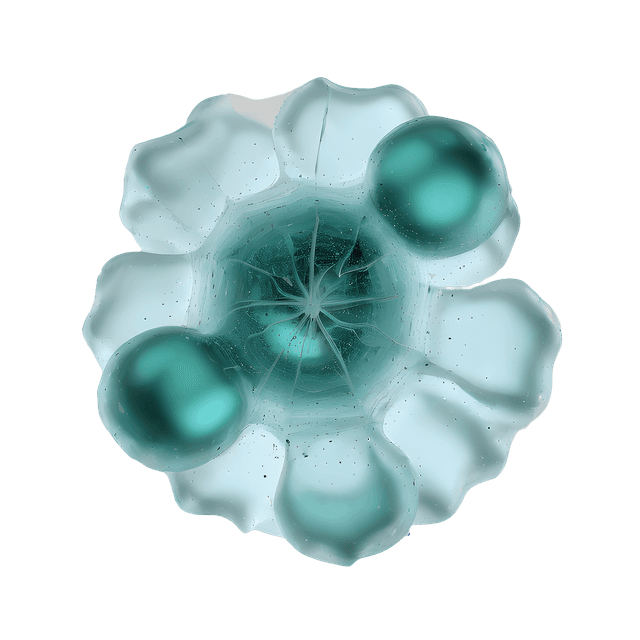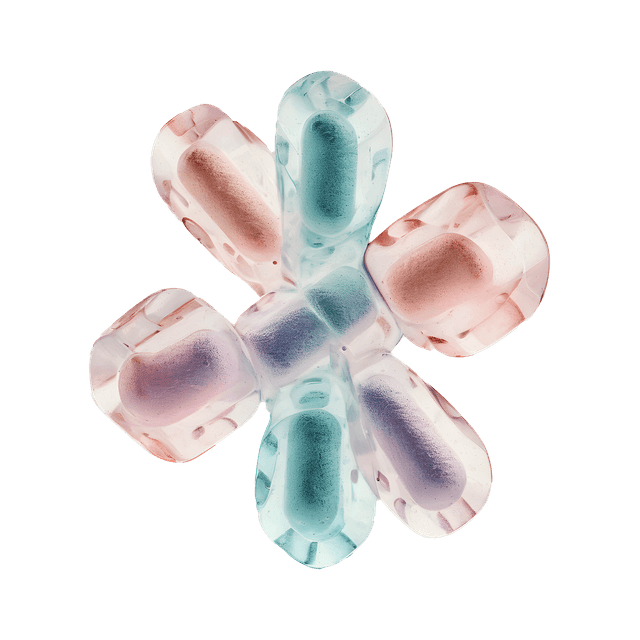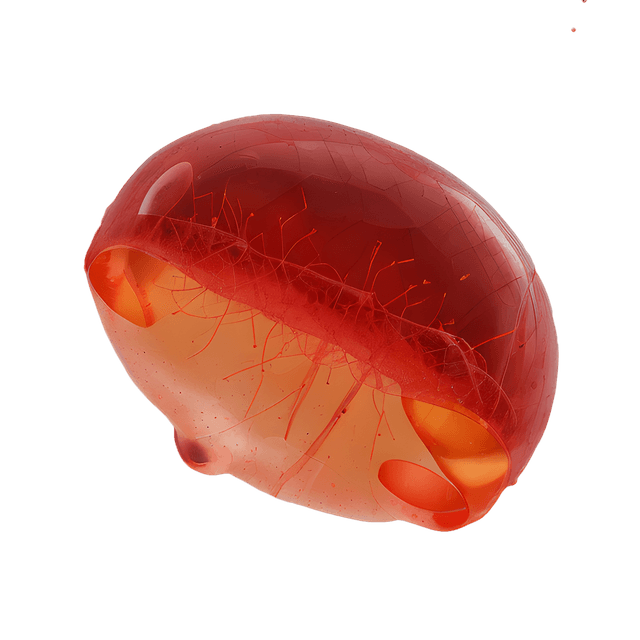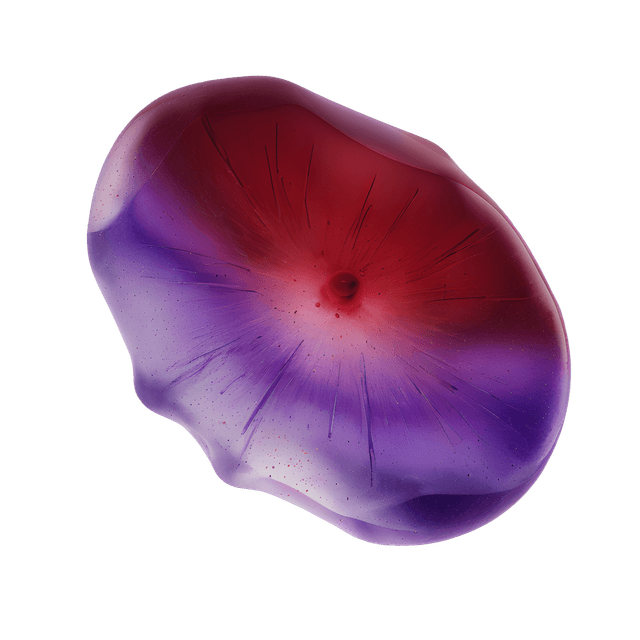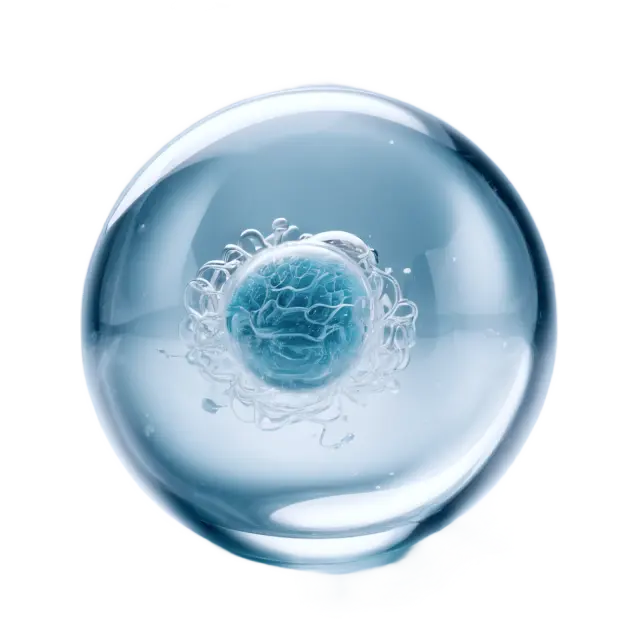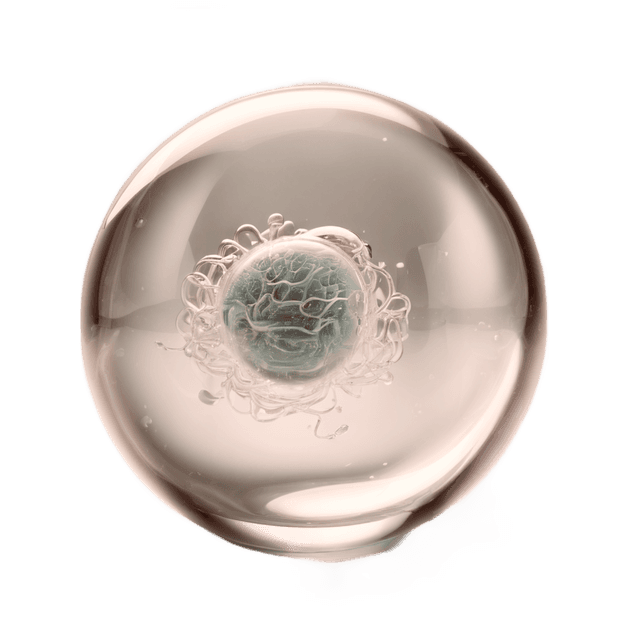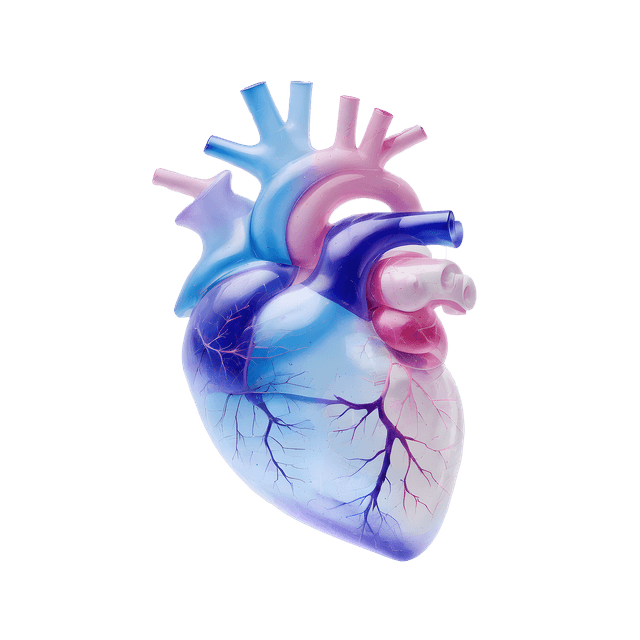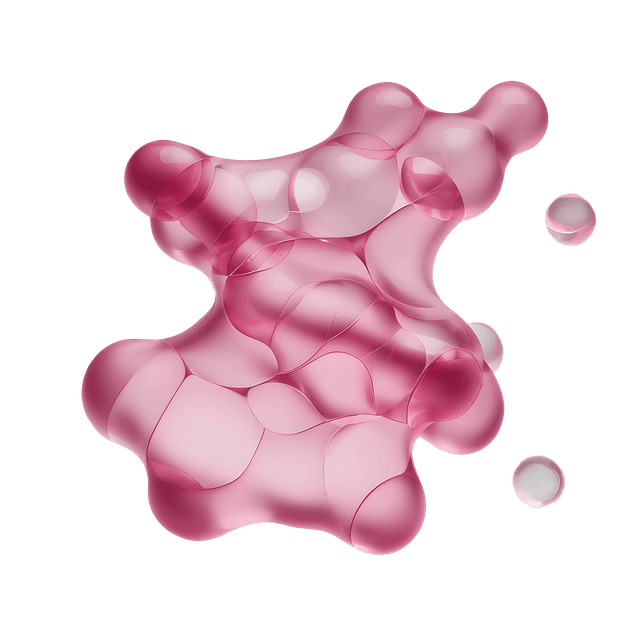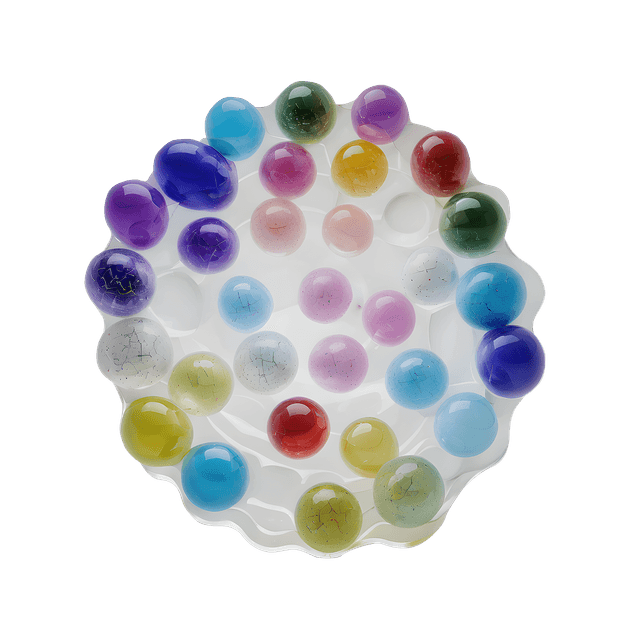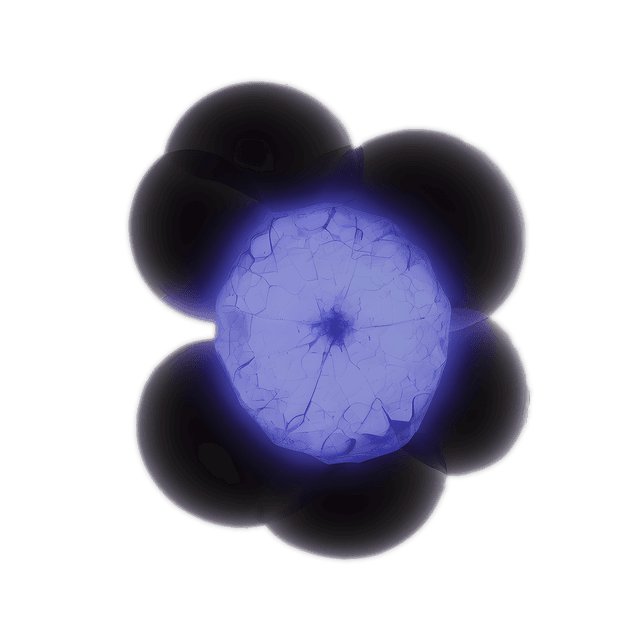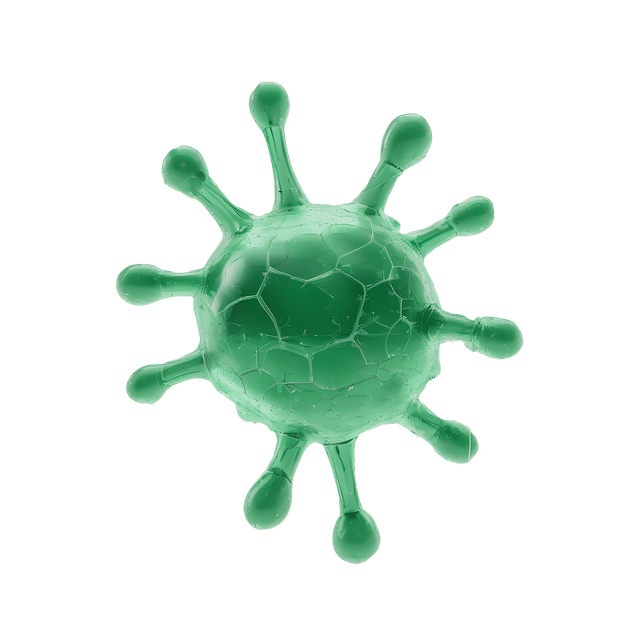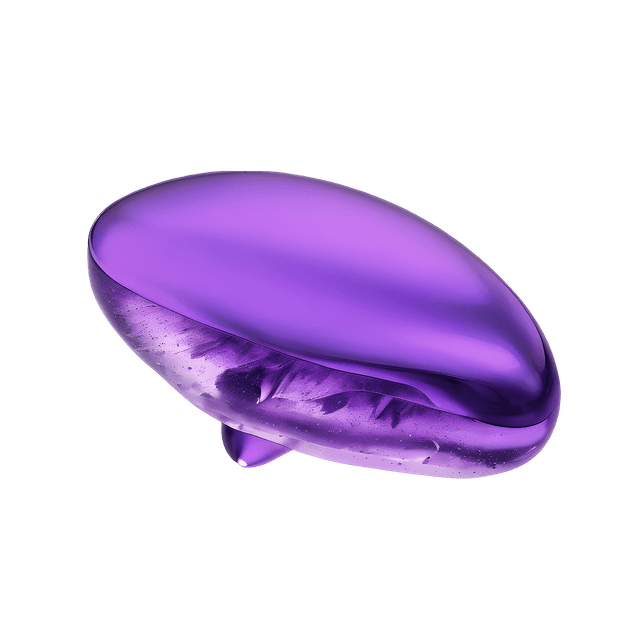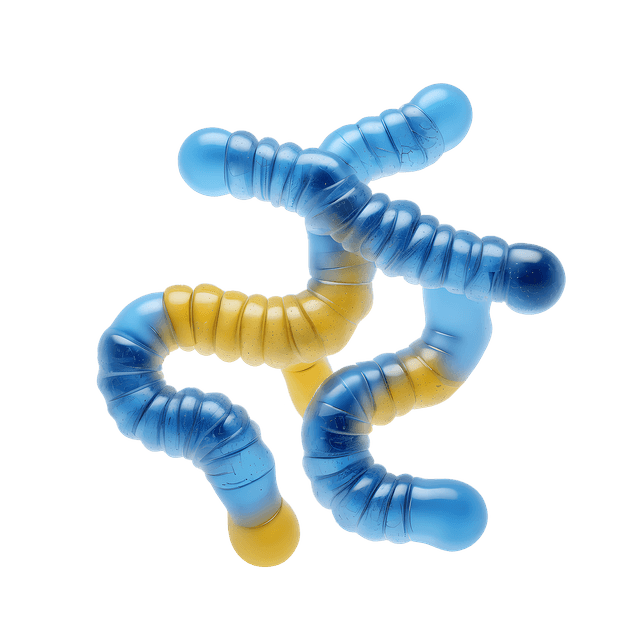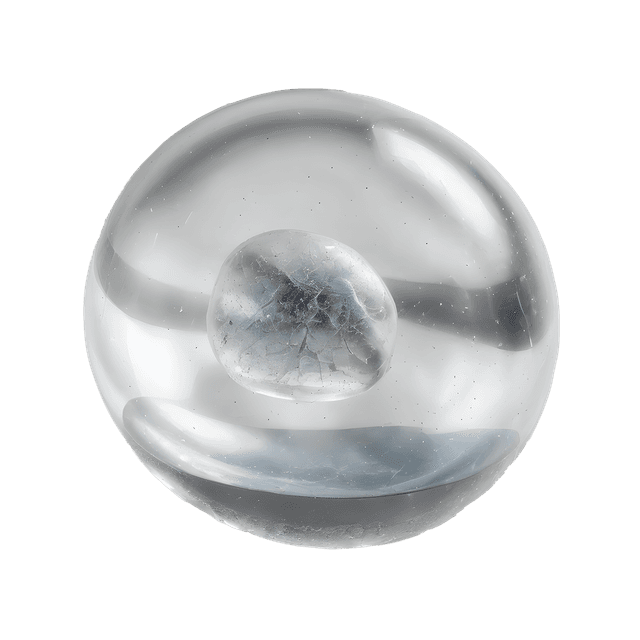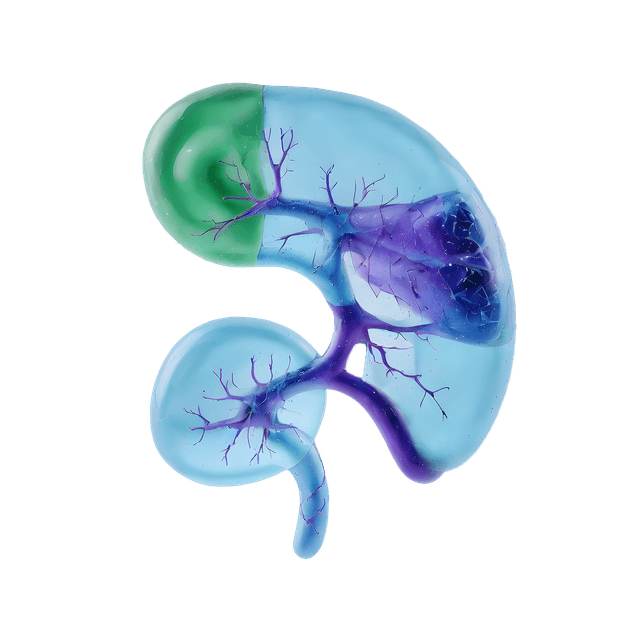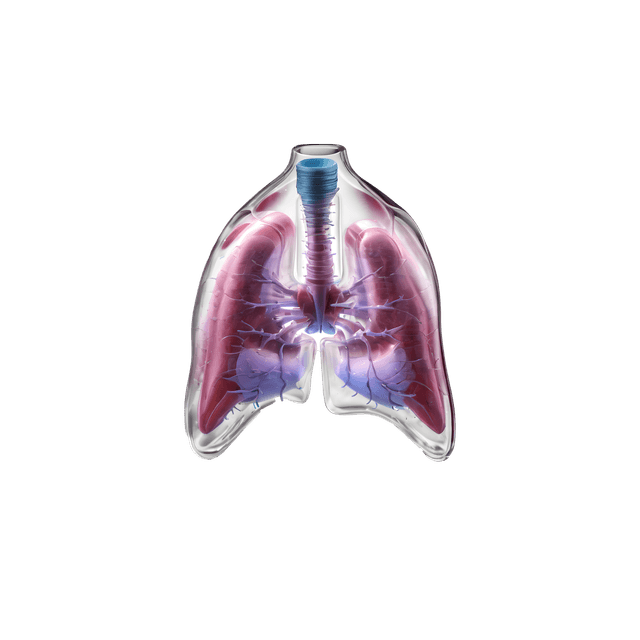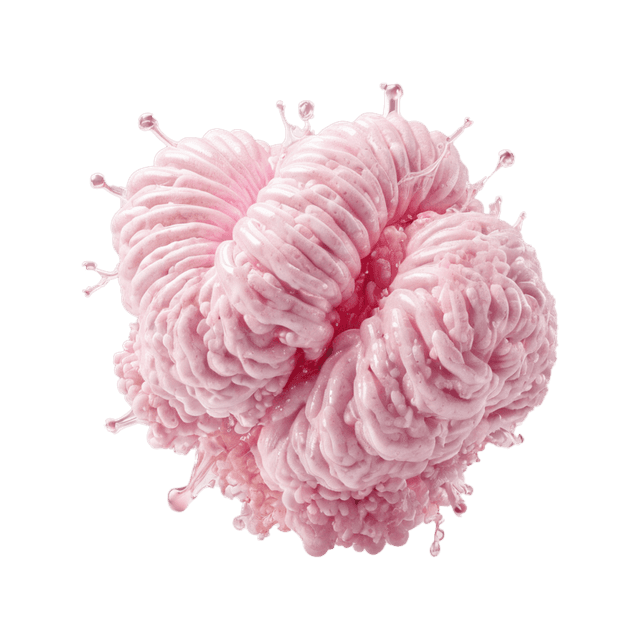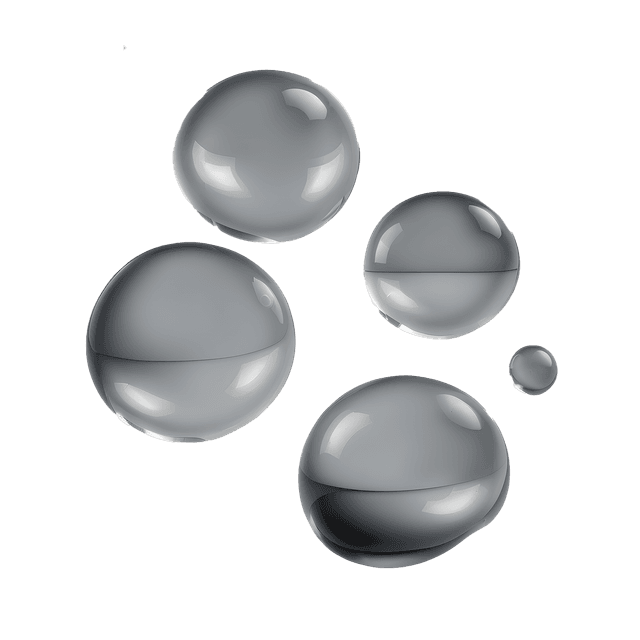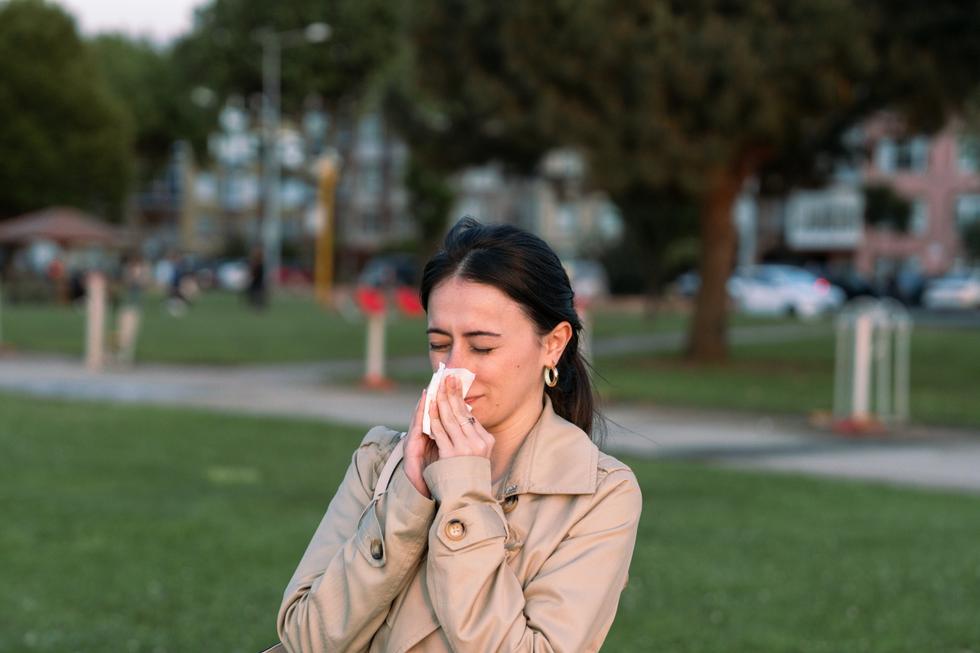Quick version
Pollen allergy is a common but often underestimated cause of fatigue, difficulty concentrating and reduced quality of life during the spring and summer months. With the right test, treatment and self-care, you can get control of your symptoms – and enjoy life outdoors more.
Want to find out if you have a pollen allergy? An allergy blood test can give you the answer and be the first step towards the right help.
Pollen allergy is an overreaction of the body's immune system to pollen from plants such as trees, grass and ragweed. When you inhale pollen in a sensitive body, the substance histamine is released, which causes a number of unpleasant symptoms - often confused with the common cold.
The most common pollen allergens in Sweden are
- Birch pollen (April–May)
- Grass pollen (June–July)
- Rawweed (July–August)
- Alder and hazel (February–March)
Symptoms of pollen allergy
Pollen allergy can manifest itself in different ways from person to person. The symptoms are often seasonal and worsen when pollen levels in the air are high.
- Sneezing, nasal congestion and runny nose.
- Itchy nose, throat and eyes.
- Red, swollen and watery eyes.
- Fatigue, headache and impaired concentration.
- In some cases also breathing difficulties and wheezing (especially if you have asthma).
How to know if you have a pollen allergy
Pollen allergy can easily be confused with the common cold or other allergies such as dust or fur allergies. Therefore, it is important to find out what is actually causing your symptoms. There are two main ways to determine if you have a pollen allergy.
Symptom assessment by a doctor or allergy specialist
An initial assessment is usually made by a doctor asking questions about your symptoms and when they occur.
- When and where do the symptoms occur?
- How long do they last?
- Are they worse when you are outdoors, during certain seasons or in specific environments?
These clues help determine whether the symptoms are likely caused by pollen, but to confirm this, it should be supplemented with allergy testing.
Allergy testing – a reliable method
Allergy testing is an effective tool for confirming pollen allergy and determining which specific allergens you are reacting to.
-
Blood test for specific IgE – These tests show whether your body has developed antibodies to common pollen types such as birch, grass or ragweed. A positive result indicates an allergy or hypersensitivity.
-
Allergy screening with Phadiatop (IgE) – Phadiatop is a pooled blood test that tests for several of the most common airborne allergens at the same time. It is a good start for those who do not know exactly what you are reacting to. A positive test result means that the body has formed IgE antibodies – and that further testing for specific allergens may be needed.
By ordering an allergy test, you will get a clear result. When testing for specific allergens, you will get an exact answer to what you are reacting to – and this is an important basis for the right treatment.
Treatment that really helps
1. Over-the-counter medicationsFor many, proper self-care is enough, but sometimes prescription medications are needed.
- Antihistamines (tablets) – reduces itching, sneezing and runny nose
- Cortisone nasal spray – reduces inflammation in the nasal mucosa
- Eye drops with antihistamine – relieves irritated eyes
For more severe symptoms or effects on the respiratory tract, you may need:
- Asthma medications (inhalers)
- Combination medications (antihistamine + cortisone)
This is the only treatment that can affect the allergy mechanism itself. Small amounts of allergen are given over a longer period – in the form of injections or tablets – which makes the body less sensitive to pollen in the long term. The treatment takes 3–5 years but can provide long-term symptom-free life.
What can I do myself to relieve pollen allergy?
In addition to medication, there are many things you can do in your everyday life to reduce exposure:
- Follow daily pollen forecasts
- Avoid outdoor activities when pollen levels are highest (mornings and dry, windy days)
- Change clothes and shower after you have been outside
- Do not dry laundry outdoors
- Use pollen protection in the car and windows
- Vacuum with a HEPA filter and air carefully
How do I know if it is a pollen allergy or a cold?
It is easy to confuse a pollen allergy with a common cold – especially in the spring. But there are clear differences:
| Symptom/aspect | Pollen allergy | Cold |
|---|---|---|
| Duration | Several weeks | Over within 1 week |
| Eyes and nose | Itchy eyes and nose | Sore throat common |
| Fever | No fever | Fever common |
| Seasonal variation | Seasonal | Occurs all year round |
When should I seek medical attention?
You should contact healthcare if:
- Your symptoms affect everyday life despite self-treatment
- You suspect that you also have asthma
- You want to get a clear diagnosis through testing
- You are considering allergy vaccination
An investigation can help you get the right treatment – and reduce the risk of your allergy getting worse.



